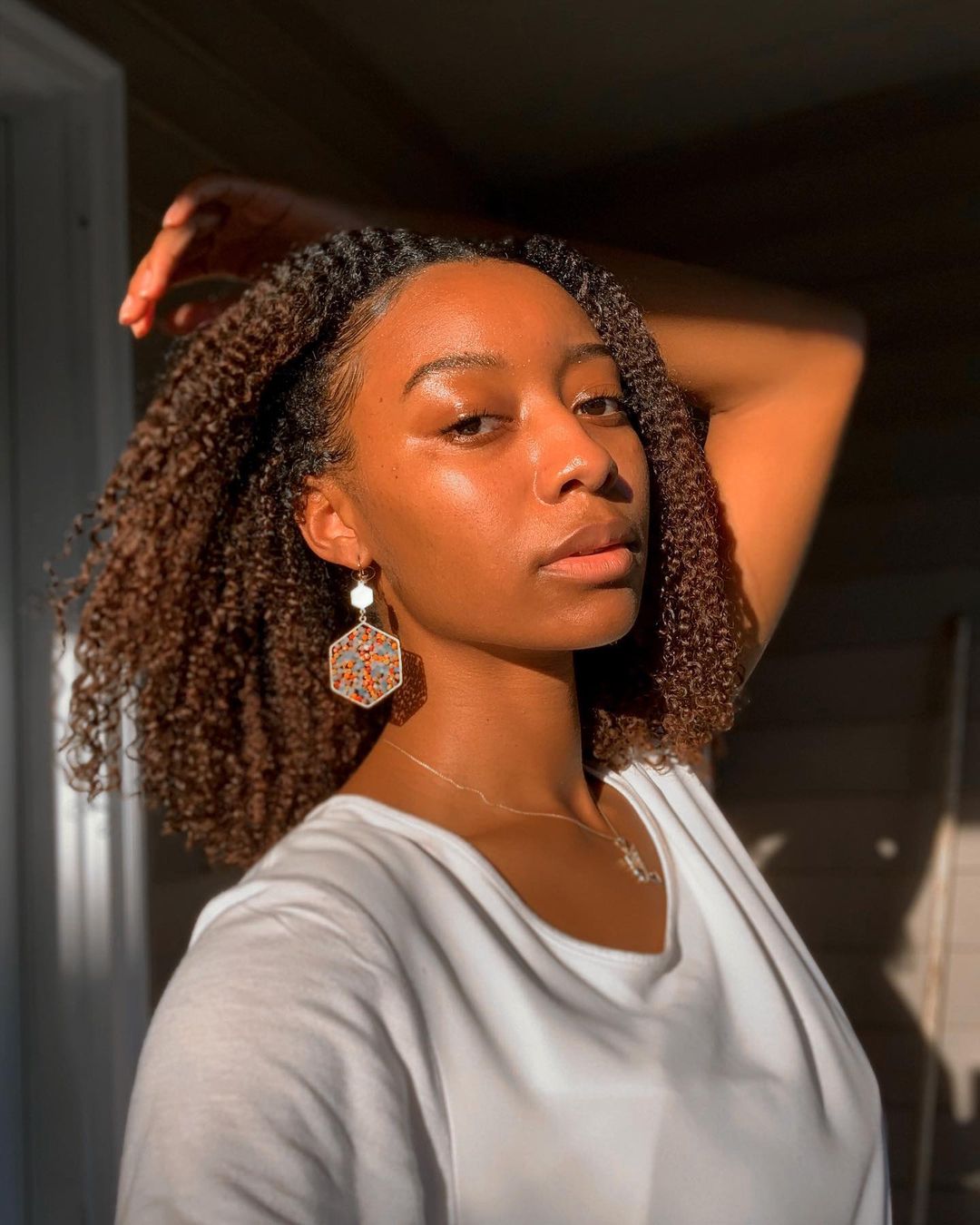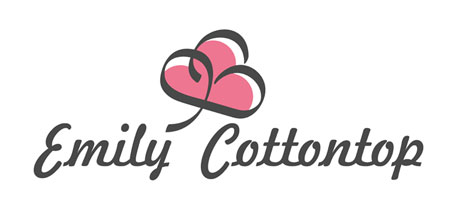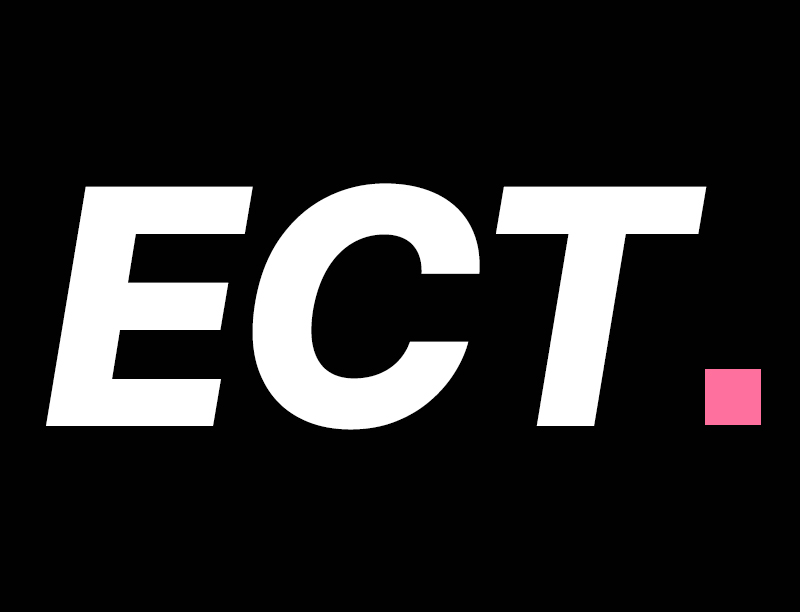There’s nothing better than finding a solution to damaged hair that doesn’t involve you chopping it all off. We have protein treatments, deep conditioners, and an underrated great for both natural and relaxed hair alike—the cholesterol treatment.
What is a cholesterol treatment?
A cholesterol treatment is exactly what it sounds like: a hair mask or deep conditioner that is useful because of its cholesterol content. It’s rich in lipids and fats which aids in hydrating and moisturizing your hair by coating and deeply penetrating each strand.
The fact that cholesterol treatments are fully of lipids is super important because our cuticles rely on three main lipids—ceramide, cholesterol, and 18-MEA—to stay flat and healthy enough for proper hair growth and moisture retention.
So, in short, a cholesterol treatment is a thick, creamy deep conditioner formulated with some additional beneficial fats.
Why would this kind of treatment be good for my damaged hair?
Whether your damage comes from over-processing with straightening chemicals, hair dye, or heat damage, it’ll likely suffer from one thing: chronic dryness. And by now, we all know that dryness tends to welcome a whole host of other issues such as shedding, breakage, thinning, and hard-to-tame frizz.
Cholesterol treatments move to repair these issues by coating your hair with lipids, which ultimately ends up transferring said lipids—as well as a trace amount of protein—into your hair shaft.
You’ll notice a difference in moisture and texture right after your first use, but for long term benefits, you should add cholesterol treatments into your regular regimen until your hair is back healthy again.

How do you use it? Are there any drawbacks?
Cholesterol treatments are truthfully deep conditioners with a little more umph, which is a major benefit since the application is easy. All you have to do is properly cleanse and detangle your hair, apply the treatment from root to tip, allow it to sit on your hair for 15-20 minutes, and then rinse.
If your hair isn’t damaged from heat, it’s a good idea to use either a hooded dryer or a thermal hair cap during the deep conditioning process. This will allow heat to work the treatment into your hair strands better.
However, one major drawback to cholesterol treatments is that most of them are formulated with mineral oils. Although everyone’s hair does not react the same to all ingredients, mineral oils are known to clog your pores and rob your hair of moisture.
Think about some old school products like grease or pink lotion: does your hair react kindly to those? If not, you might want to look for a hair cholesterol without the mineral oils.
Are cholesterol treatments right for me?
Is your hair damaged? If the answer is “yes” then you’re good to go! In all seriousness, it is my opinion that cholesterol treatments aren’t appropriate or even necessary for a healthy head of hair because you then run the risk of hygral fatigue.
Cholesterol treatments are also not appropriate for those of you who have hair that is so damaged, that you have no choice but to cut a bulk of it off. Cholesterol treatments are a lot of things, but a magic trick? They are not.
Hair with light to moderate damage from relaxers, heat, hair dye, other chemical processes, and general neglect are A-OK for this kind of conditioning treatment.
Any suggestions?
There are a few cost effective cholesterol treatments—with and without mineral oils—that work wonders on all damaged hair types and textures:
Lustrasilk Herbal Cholesterol Deep Conditioning, $22
Queen Helene Cholesterol Cream, $6
Silk Elements Mega Cholesterol Conditioning Treatment, $7







